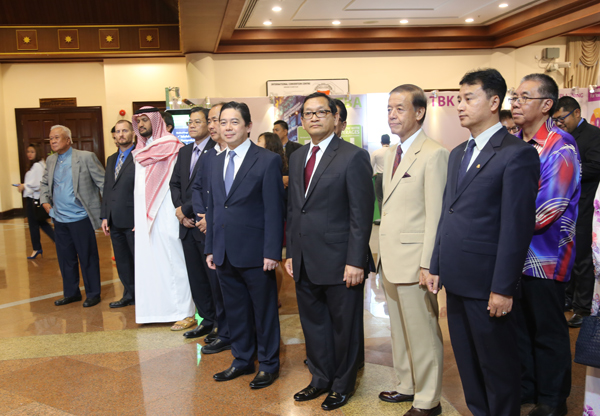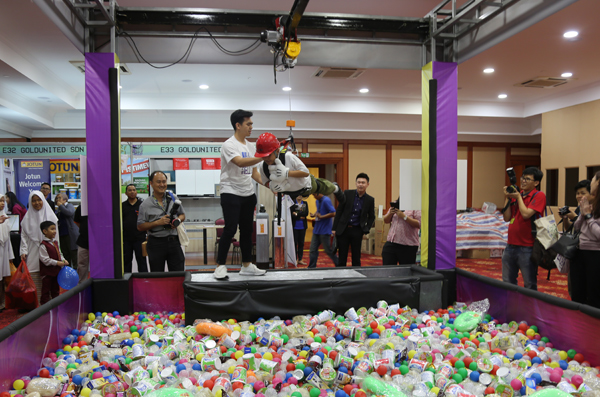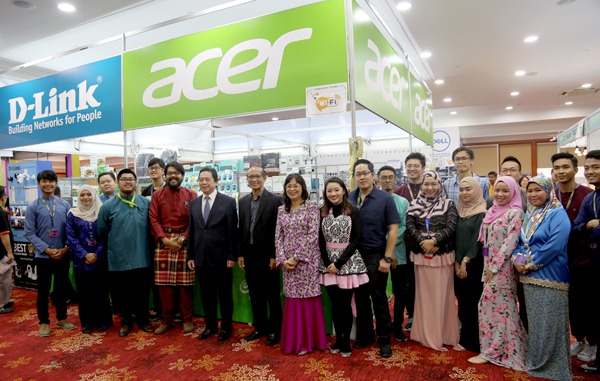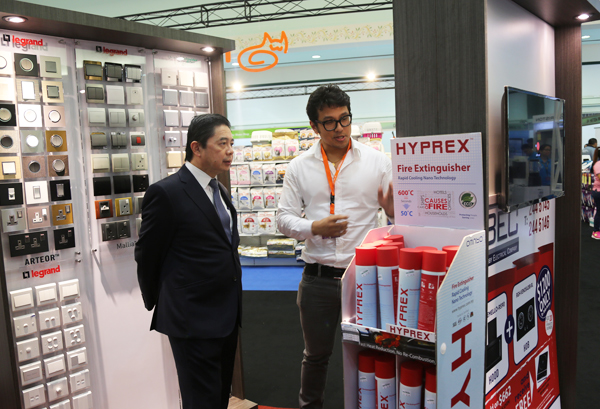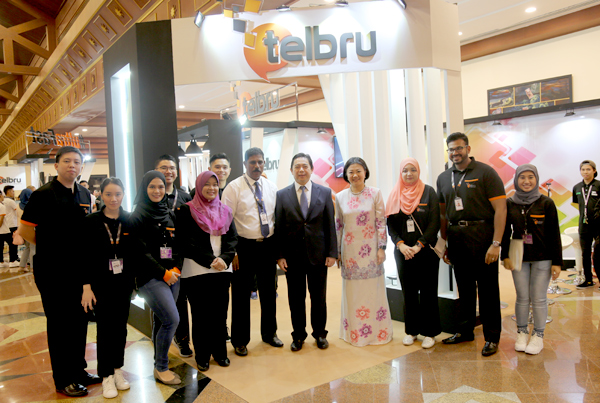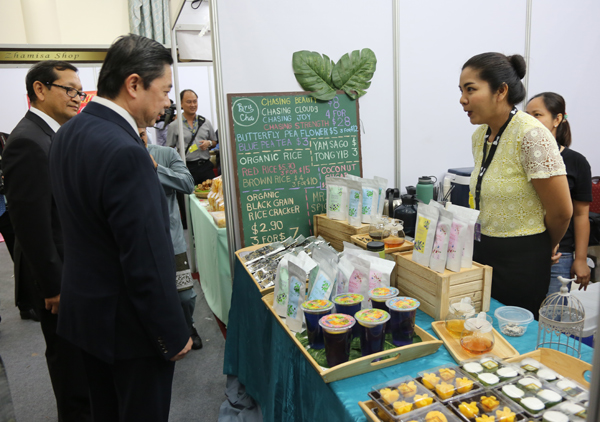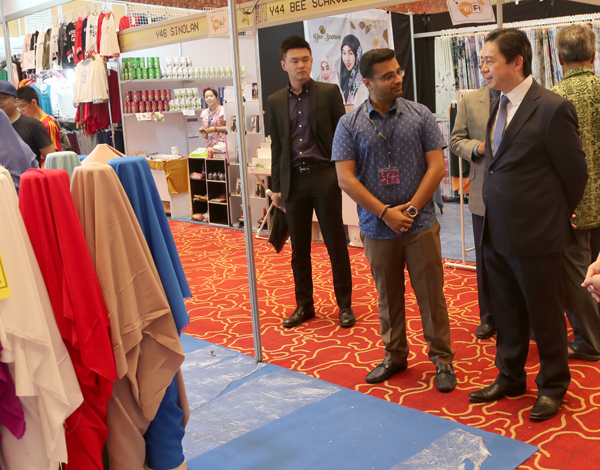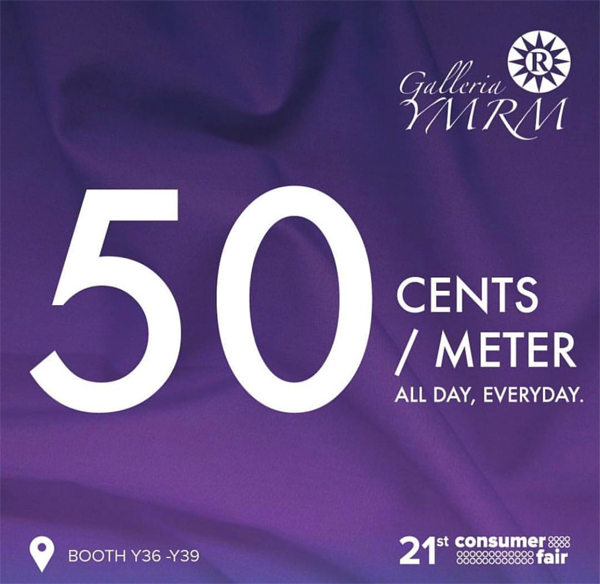
Concepts Group being awarded

Afif Mohamed Ali, Microsoft Brunei Darussalam Country Manager, handing over the 2018 Microsoft Country Partner of the Year Award to Vincent Pao, General Manager of Concepts Group last Friday
Concepts Technology does it again!!! The renowned company was awarded as the recipient of the 2018 Microsoft Country Partner of the Year Award and this is in recognition for its outstanding services and excellent subsidiary engagement in Brunei Darussalam.
Three years ago, Concepts Technologies was appointed as the official distributor for Microsoft in Brunei Darussalam and this year, they won their first prestigious award.
Vincent Pao, General Manager of Concepts Group, expressed his delight over the prestigious award. He was truly grateful towards Microsoft Brunei for their continuous support and their strong relationship among each other. This has helped to tackle the challenging business climate in the country.
Afif Mohamed Ali, Microsoft Brunei Darussalam Country Manager, said, “As our Chief Executive Officer Satya Nadella, once said, ‘Microsoft has always been a partner-led company, and this ecosystem drives local economies and creates massive growth’. By winning the country partner of the year award, Concepts Technologies showcases the extraordinary commitment towards driving digital transformation in Brunei. As we aim to empower every person and organisation on the planet to achieve more, our partners support us live on this mission.
“I also would like to commend the extraordinary efforts of Concepts Technologies, and I look forward to working with Concepts in empowering every person and organisation in Brunei towards digital transformation.”
Congratulations to Vincent Pao and his team from Concepts for raising the bar.

Group photo with Concepts Group and Microsoft Brunei
Successful blood clot removal
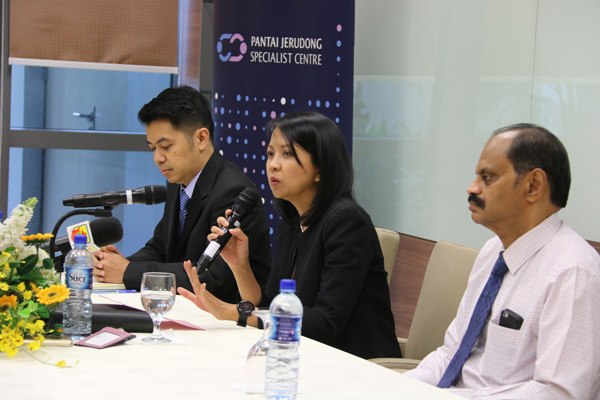
Dr Dk Siti Nur’Ashikin Pg DP Hj Tengah, Director of Brunei Neuroscience Stroke & Rehabilitation Centre and a Consultant Neurologist speaking to the media during the press conference last Friday at Pantai Jerudong Special Centre
The 13th July 2018 marks the historic occasion of the first mechanical thrombectomy (clot removal) for stroke to be successfully executed in Brunei. The procedure was carried out on a 33-year-old male patient, Mr Hii Hin Chung, in a collaborative effort between the Brunei Neuroscience Stroke & Rehabilitation Centre (BNSRC) and the Radiology Department of the Raja Isteri Pengiran Anak Saleha Hospital, Ministry of Health.
Stroke occurs as a result of lack of blood flow to an area of the brain either due to a blockage from a clot (ischaemic stroke) or through bleeding into the brain (haemorrhagic stroke). The main risk factors for stroke are high blood pressure (hypertension), high cholesterol, diabetes mellitus, smoking and family history.
Stroke (or cerebrovascular diseases) has been recorded as the 4th leading cause of death in Brunei Darussalam (after cancer, heart disease and diabetes mellitus) from 2012-2016 according to national health statistics published by the Ministry of Health. In 2016, stroke accounted for 7.5% of all deaths in the country. However perhaps of even greater significance is the impact caused by disability as a result of the stroke. This could include weakness of limbs, loss or impairment of speech. The resultant disability is evident in the burden of care as well as loss of employment/income either through having the stoke or being the stroke carer.
According to the Director of BNSRC, Dr Dk Siti Nur’Ashikin Pg DP Hj Tengah who is also a Consultant Neurologist, “… the impact of stroke not just on the individual but also the community should be taken very seriously …. Whilst we always advocate for stroke prevention, once a stroke has happened, I urge patients to attend hospital Emergency Department as soon as possible because the faster we are able to treat a stroke the more likely our treatment will be effective ….. Treatment decisions do depend on stroke type but thrombectomy offers an exciting, new option for stroke treatment that can significantly reduce not just death but also disability.”
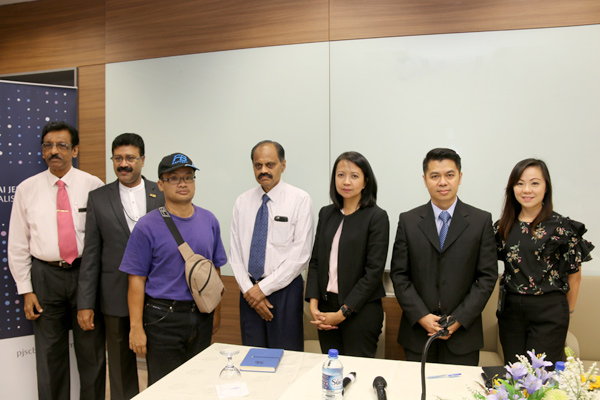
Mr Hii Hin Chung (3rd from left) went through a clot removal procedure
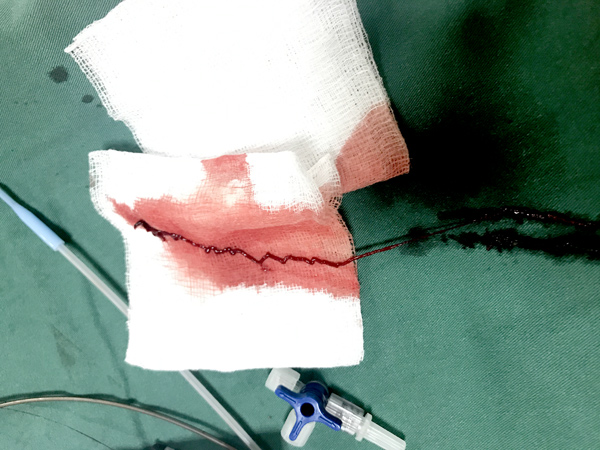
Image of the blood clot of the patient that was removed
Mr Hii, a car parts salesman, was discovered at 2.30pm on 13th July 2018 by work colleagues and found to have left-sided weakness. He was brought to the Raja Isteri Pengiran Anak Saleha Hospital by ambulance and was subsequently transferred to BNSRC where scans confirmed a stroke on the right side of his brain. Clot-busting treatment (thrombolysis) was given with good effect initially however there was concern that his brain scan showed a blockage to blood flow. The patient was escorted to RIPAS Hospital by Dr Chan Guan Choon, Neurology Medical Officer at BNSRC who reported that Mr Hii’s speech was slurred and his left arm and leg were both weak.
At the Raja Isteri Pengiran Anak Saleha Hospital Mr Hii underwent angiography carried out by Dr Sankarakumar Sambandamurthy, Consultant Radiologist, assisted by Dr Lim Kian Chai, Consultant Radiologist and Head of the Department of Radiology. They identified a long clot which they were able to extract using a special suction device.
Mr Hii was then transferred back to BNSRC where he was monitored initially on the Neuro-Intensive Care Unit before being moved to the Neurology Ward for further treatment and rehabilitation. Mr Hii made a good recovery and on discharge he was able to manipulate objects with his left hand well and was able to walk independently. He continues to have outpatient rehabilitation and will be followed up in the Neurology Clinic.
The Director of BNSRC, Dr Dk Siti Nur’Ashikin Pg DP Hj Tengah went on to say “This is a great example of successful stroke treatment through early action, skilled workforce and good cooperation between healthcare institutions in Brunei Darussalam …. we are extremely grateful to the Government of His Majesty, the Sultan and Yang Di-Pertuan Negara Brunei Darussalam for supporting such endeavours that directly benefit patients needing treatment for stroke”.
BNSRC and the Ministry of Health continue to work closely together in efforts to combat stroke and later this year plan to launch a campaign targeted at stroke prevention as well as treating stroke early.
Key messages:
1. You can reduce your risk of stroke by stopping smoking and by having your blood pressure, sugar and cholesterol checked and treated if the levels are high.
2. Stroke is largely treatable — but you have to get help fast. If you spot F(ace drooping), A(rm weakness) or S(peech difficulty), it’s T(ime to call 991). To learn more about the warning signs of stroke, visit StrokeAssociation.org
The All-New Powerful Samsung Galaxy Note 9
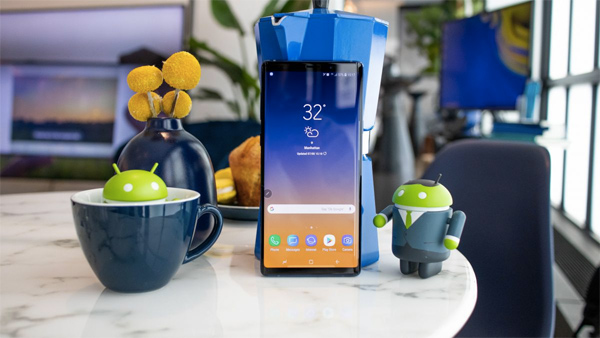
The all-new powerful Note SAMSUNG Galaxy Note 9, coming to Brunei soon
Big exciting news normally comes with there’s a new flagship model of either a Samsung or iPhone. Today, let’s talk about the latest edition to the Samsung family – the all-new powerful Note SAMSUNG Galaxy Note 9.
Incomm has already announced it’s pre-order online on their website and there are already a buzz going around because of the cool deals they offer especially when you signed up with Standard Chartered credit card promo (EVEN BETTER deal). Well, more on that later. Let’s talk about the phone itself first.
Mind you, I am not a big fan of huge phones and the only Samsung phone I owned is the Galaxy Edge 7 and it was already a good smartphone for everyday use. Now comes an entirely big smartphone or I would label as phablet.
Let’s see what the specs are according to the website and marketing materials. It definitely has the biggest screen to date and what’s new is the stylus which now has a remote capability. As for capacity, it has the largest to date as well if you choose the 512GB edition. The standard one is 128GB. It has the biggest battery life too, 700mAh better than the previous model, beefing it up to 4,000mAh. That’s quite handy for a person like me, a high user of social media which technically drains the battery on my phone.
These are just some of the quick takeaways I can mention for now until I get to play around with the demo unit which will be arriving pretty soon in Brunei waters. Gone are the days when the Note 7 caught into trouble but now with the Samsung Galaxy Note 9, it has redeemed itself and ready to give a good challenge to the iPhone X which has been a huge success worldwide.
According to the reviews on certain websites, the Samsung Galaxy Note 9 is definitely the benchmark of all smartphones because of its battery life span and also its super high memory ram of 6 to 8G (amazing). The only thing now is for those with the Note 8 if they were to upgrade to a Note 9, would it make a huge difference? I do believe those who haven’t own a Note would definitely appreciate this powerful phablet.
For me, the biggest selling point would be the battery life span and the storage (up to 1TB, 512GB internally and 512 external). Some would argue of the price tag but fret not because check out Incomm’s pre-order deal as well as what Standard Chartered has to offer for those who are hungry for the Samsung Galaxy Note 9 (Read further below).
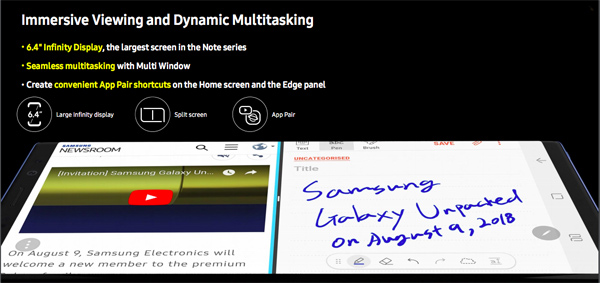
Multi-tasking at best

The newly powered Stylus with remote
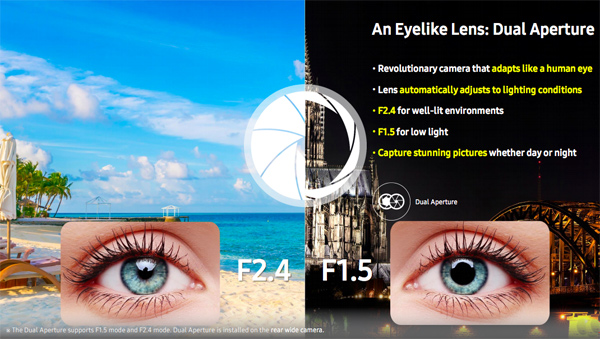
Comes in handy with low light too

Now you can use the stylus to take shots especially selfies and wifies
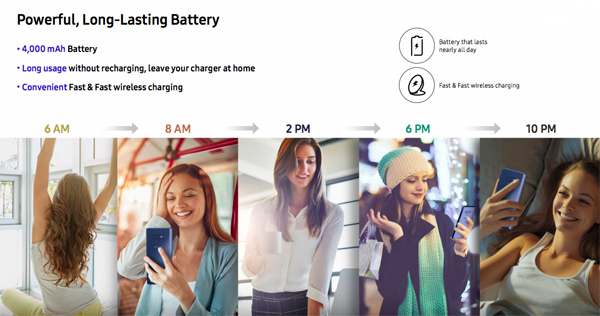
I am drawn to the battery capacity

Some of the minor upgrades from the previous model

You can sync and use it on your desktop. How convenient and useful especially when it comes to work and presentation.
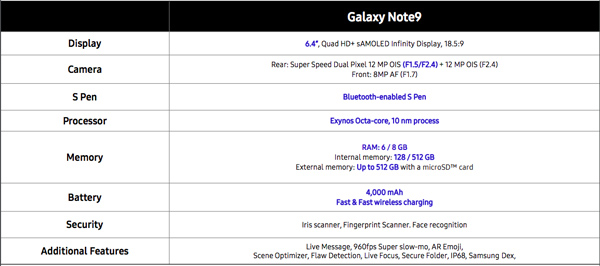
Click to enlarge
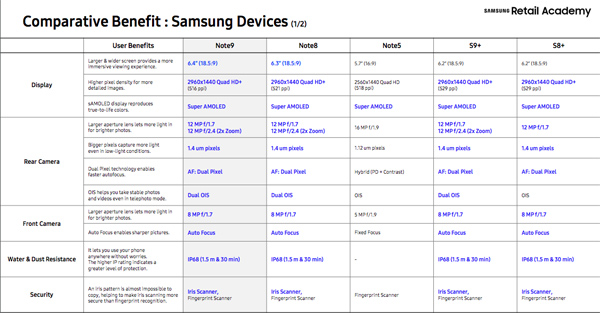
Click to enlarge
Awesome deal from DSTIncomm and SCB

Special offer when you pre-order from DSTIncomm
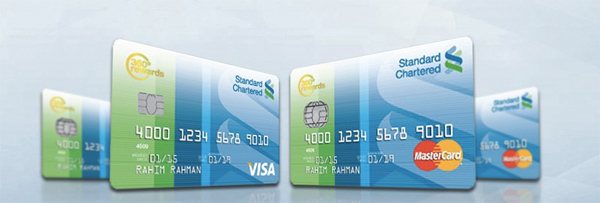
Do you have Standard Chartered Credit Card? Because you can enjoy further discounts.
Now let’s see the deals offered by DSTIncomm. According to their Facebook Page, this is what it stated
Pre-order the all-new Powerful Note, Samsung Galaxy Note9 128Gb @ all DSTIncomm branches. With minimum Pre Order deposit $100.
Enjoy free upgrade to 512GB + $120 off + 15months warranty at DSTINCOMM when you pay with SCB Card.
Hurry!! Get to feel the 6.4″ screen, first time ever Note 9 S Pen with Bluetooth and Optimised Gaming Experience with Fortnite now available on Samsung Galaxy Note 9.
Rano says: Now this is a super awesome deal!!! A free upgrade when you pre-order for the price of BND 1,338 thru DSTIncomm. If you buy the 512G version after the pre-order period, you will be paying at least BND 1,750. So that’s a huge BND 300 discount at least. Furthermore, customers of the Note 9 will enjoy an additional 3 months of warranty, a total of 15 months warranty provided by DSTINcomm so you will have a peace of mind. DSTIncomm has hinted there will be special gifts given to the pre-order customers. So more reason to pre-order your unit now until 21st August 2018 and enjoy the awesome deal!!! You can click here to pre-order.
Want further, better deal? Here goes. If you pay with Standard Chartered credit card, you can enjoy a further reduction of BND 120 on top of the upgrade. Those who apply for a 12-month 0% EasyPay plan with this offer will also enjoy a processing fee waiver. This offer is valid until 21st August 2018 and it’s only for the first 100 credit cardholders.
Those interested to test the demo unit, you can have that privilege during the upcoming TechXpo at International Convention Centre from 18th to 21st August 2018. There will also be a Photo Booth for you to experiment with the camera features of the Samsung Galaxy Note 9.
Country Patch’s 10 year anniversary draw
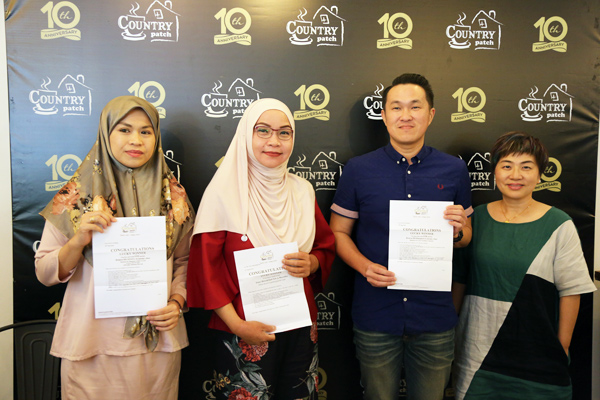
Dk Adline Pg Hj Taib won a return flight to Seoul, Korea, Latiffah bent Mohammad Husney won a 3 months free breakfast at Country patch and Wong Guan Loong, won a return flight ticket to Bangkok, Thailand with Elyn Pang, the owner of Country Patch during the 10th Anniversary of Country Patch lucky draw yesterday
Yesterday saw 23 winners of the Country Patch’s 10th Anniversary lucky draw which ran for a total of 3 months since May 2018. The actual 10 year anniversary fell on 13th July 2018. The three month lucky draw was organised by Country Patch to appreciate the supportive and loyal patrons who have been dining there for the past decade.
The prizes were handed out by Country Patch owner Elyn Pang and Manager of Country Patch Aung Zaw Win. The grand winner was Dk Adline Pg Hj Taib who won a return flight to Seoul, Korea which was sponsored by Daewon Cable Co. Ltd. The other top two winners were Latiffah bent Mohammad Husney who won a 3 months free breakfast at Country patch and Wong Guan Loong, who won a return flight ticket to Bangkok, Thailand, sponsored by Coris Trading Company.
The promotion drew over 5,000 entries as long as the patrons spent a minimum of BND 10. Congratulations to all the shortlisted winners.

Lisha winning a consolation prize
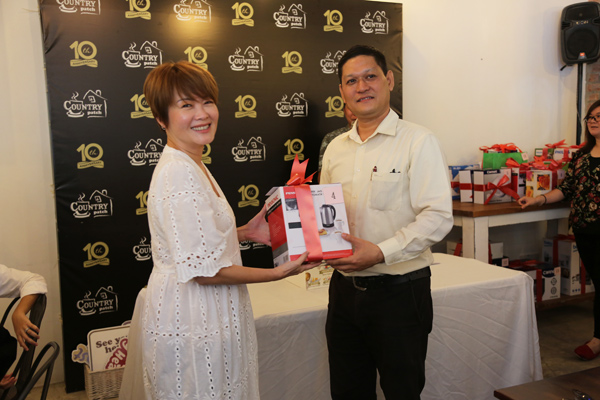
Amy Yeo winning a consolation prize
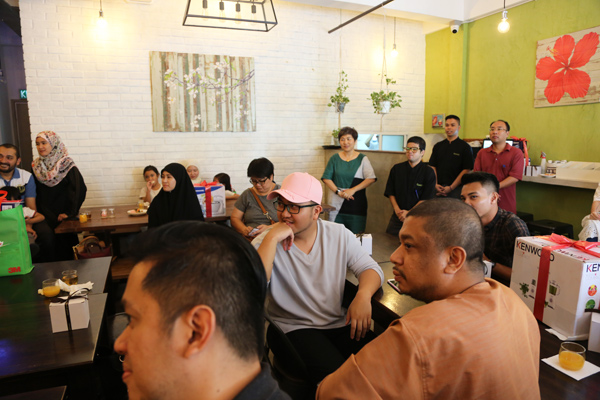
A huge crowd at Country Patch yesterday
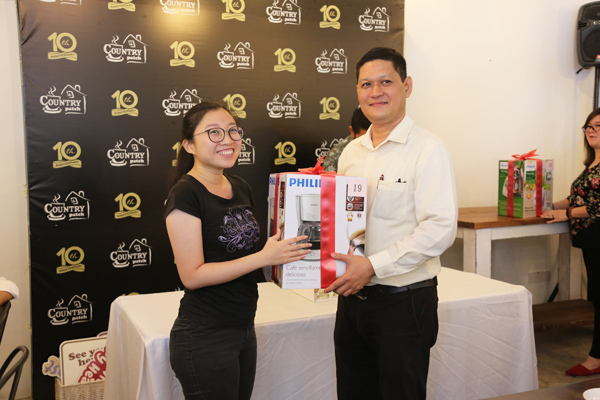
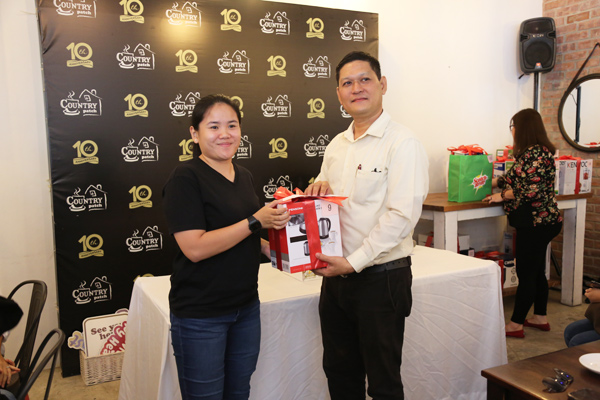
Farrah Koh Yen Swan won herself a consolation prize
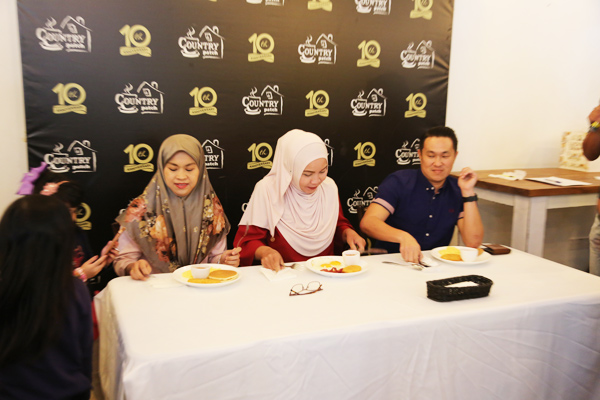
The top three finalist had to go thru this ordeal of eating Country Patch’s breakfast dishes
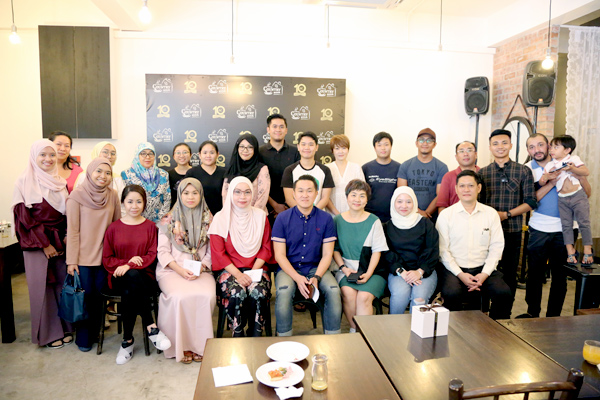
Group photo with all the shortlisted winners
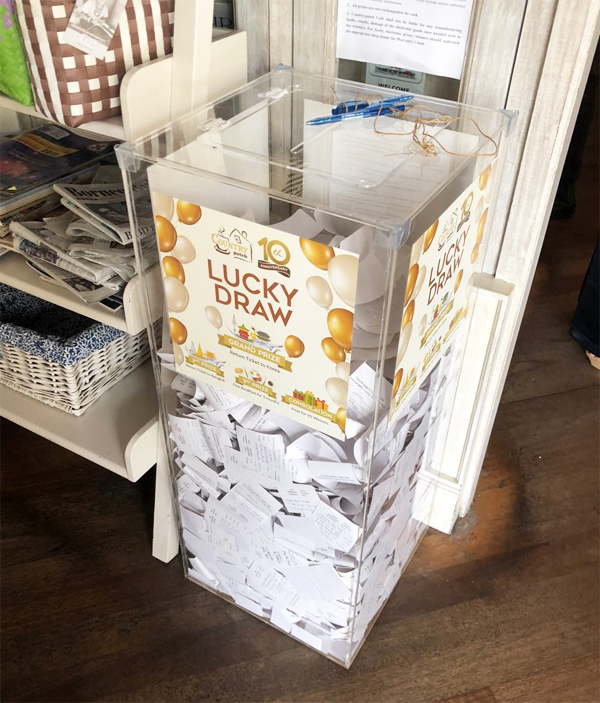
I paid a visit a few weeks ago but I didn’t manage to get shortlisted. Maybe next time 😀
Baseus now in Brunei!!!
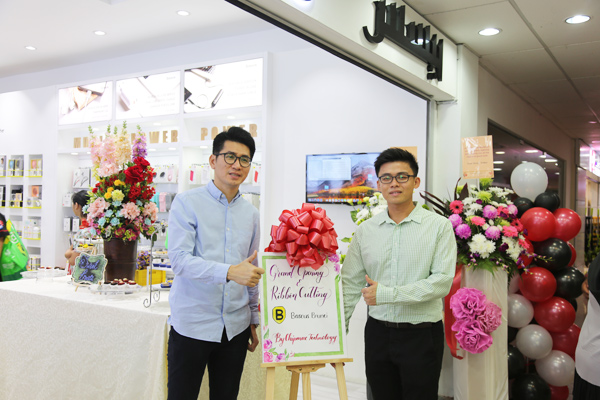
Paul Lim and Tim Ang, founders of Chipmac Technology, launching Baseus products at their store last weekend
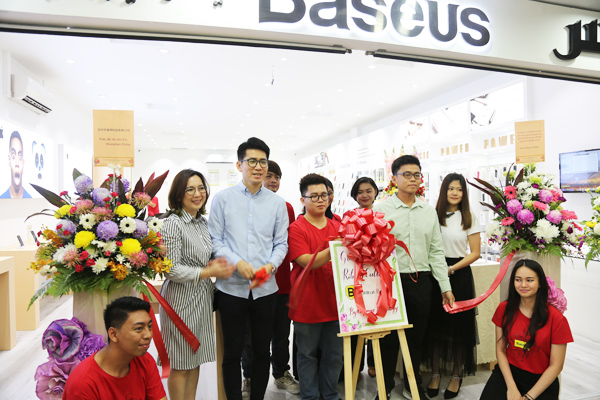
Ribbon cutting ceremony before a flock of crowd entered Baseus store
BASEUS actually is a brand slogan which means “base on use” or in other words, “to overcome difficulties with the greatest ease”. This is a company that was established in 2009 in China, creating phone accessories especially for iPhone models.
So what’s so special about Baseus accessories when there are tons of accessories available in Brunei? For one, it has a strong branding presence as a third-party accessories provider for Apple’s iPhones. Secondly, the prices are quite competitive and reasonable to begin with.
This is the first presence of Baseus in Brunei which was made possible by Chipmac Technology. The ribbon cutting ceremony was officiated by Managing Directors Tim Ang and Paul Lim of Chipmac Technology.
Tim Ang was excited that Baseus, an international brand, which had penetrated markets such as Taiwan, Korea, Brazil, the Philippines and Russia, is now available in Brunei Darussalam. He explained, the company shares three objectives – to share with consumers the latest mobile accessories available in the market, to provide customers with high grade refurbished Apple products as they are both economical and environmentally friendly, and to provide innovative repair service for Apple products.
Previously Chipmac Technology provided repair service for Apple products as well as selling refurbished iPhones. Now they have expanded their business by selling Baseus products. I hope to send my Apple products especially my iMac and Macbook Air for some cleansing and perhaps, even increasing my RAM 😀
During the launch, they had a special discount for a few days where customers can enjoy 15% discounts on the accessories as well as lower priced refurbished iPhones. I managed to scoop a few accessories for myself especially the wireless charging iPhone X casing – my best purchase of the month 😀
Baseus is located at Airport Mall, next to DST and you can still enjoy 15% discounts on all Baseus products until 11th August 2018. You can also follow them on Facebook though they don’t have an IG account just yet. For more details, you can call 234 2503 / 881 4942.
Ps. Thank you, Paul, Tim, Jennifer and Fatin for your warm hospitality.
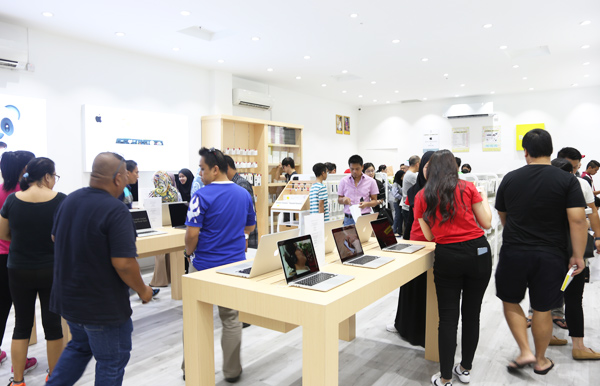
The crowd enjoying the 15% discount and still ongoing until 11th August
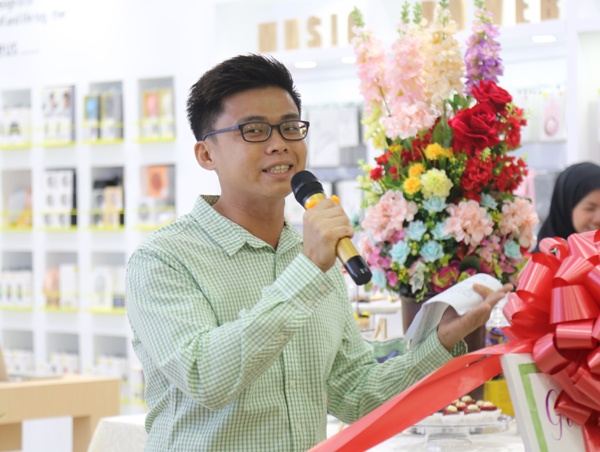
The Managing Director of Chipmac Technology appreciating the customers and media during the launch

Plenty of accessories to choose from
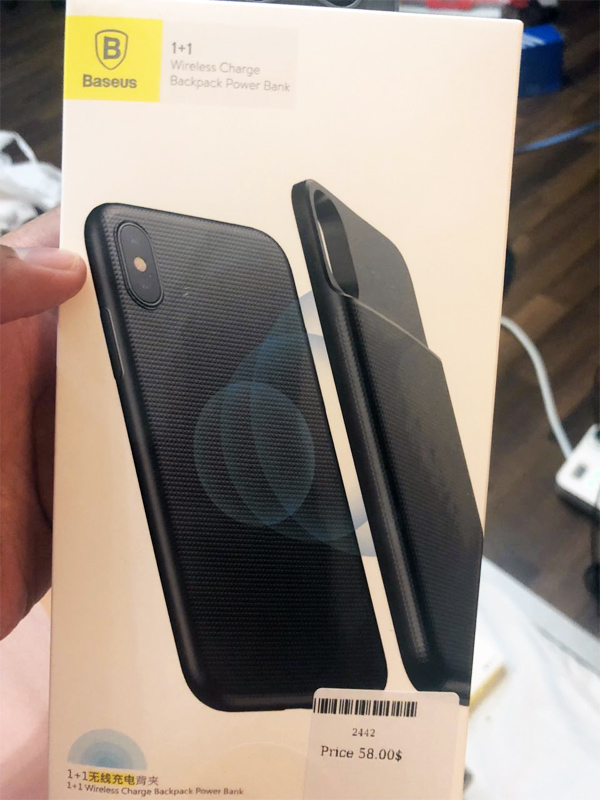
Perhaps my best accessory purchase of 2018. I couldn’t find such accessory when I was in Singapore recently. Even at Sim Lim Square. I was surprised this was available at Baseus and I bought it without second thoughts. Furthermore, you can still enjoy 15% discount.
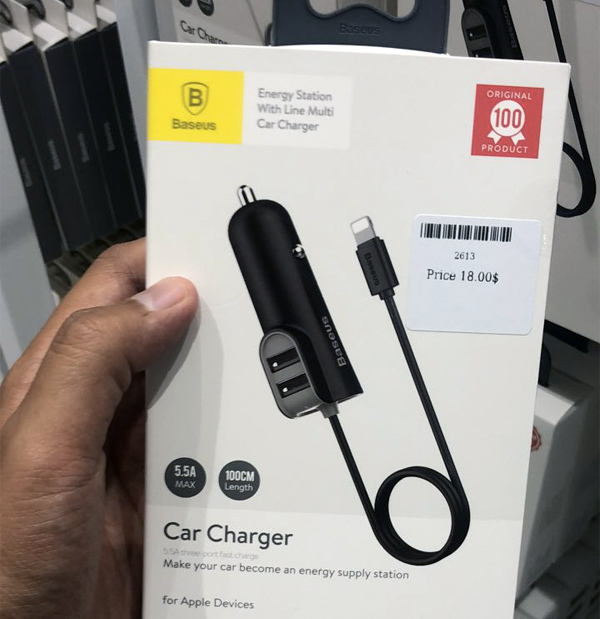
This can be very useful. I didn’t get this since I already have one in my car.
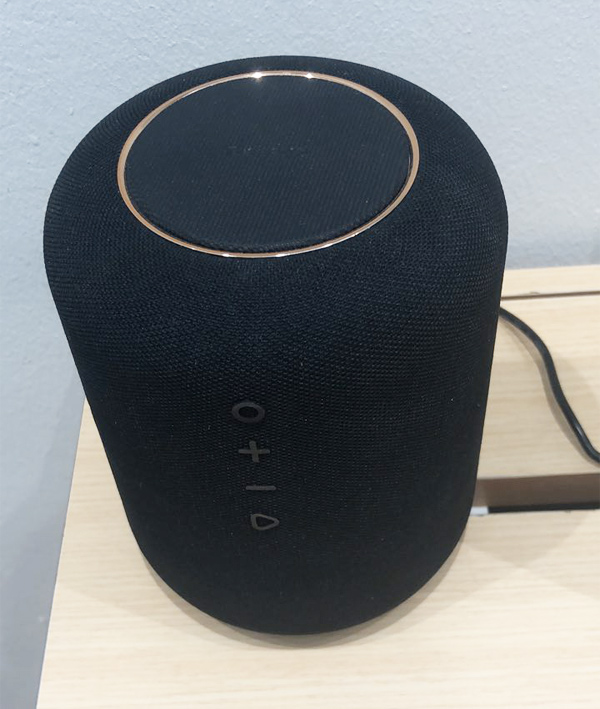
A bluetooth speaker which also charges your iPhone X wirelessly. Awesome much!!
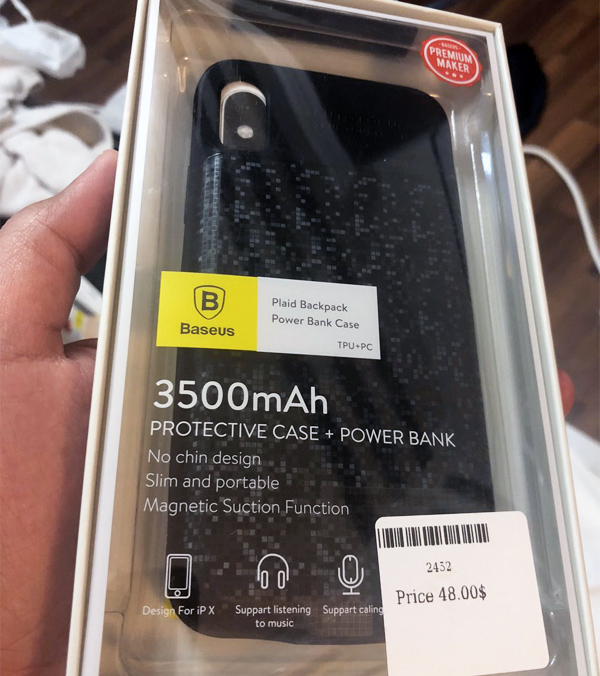
Another battery powered casing for the iPhone X
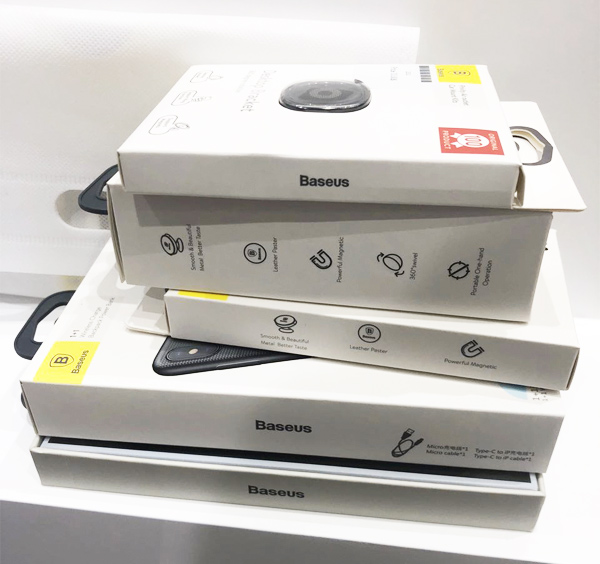
My purchases last weekend 😀
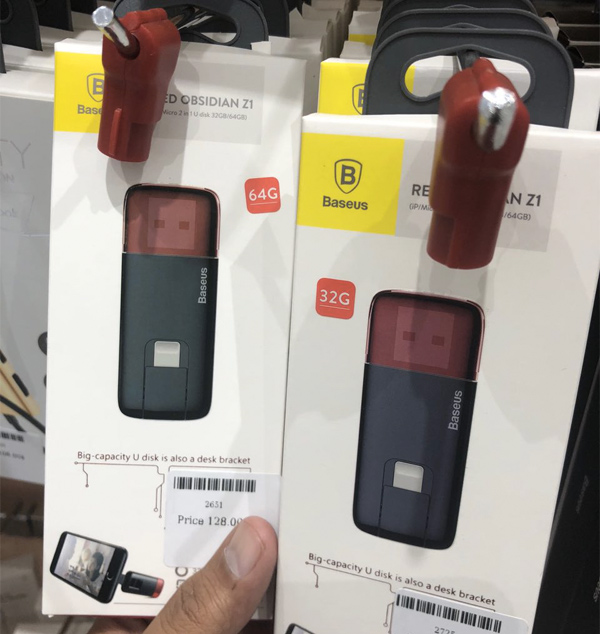
This can come in handy. Speaking of which, I have only 50g left on my iPhone :/
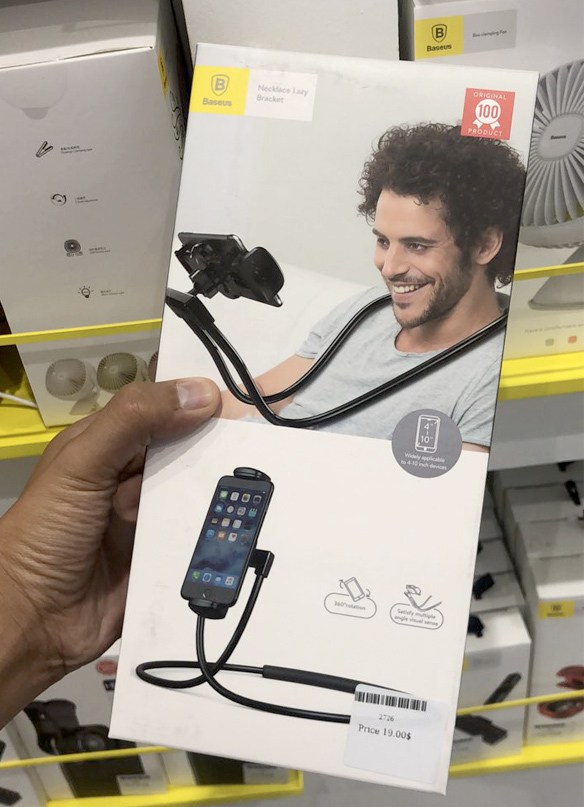
Kurapak, this might come in handy for you while driving HAHA *jokes*
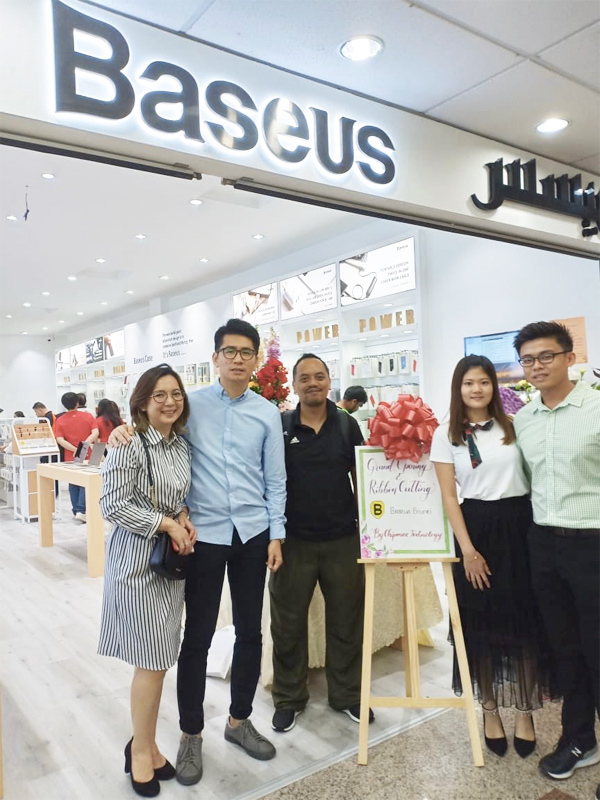
Thank you for the invitation 😀 Much appreciated
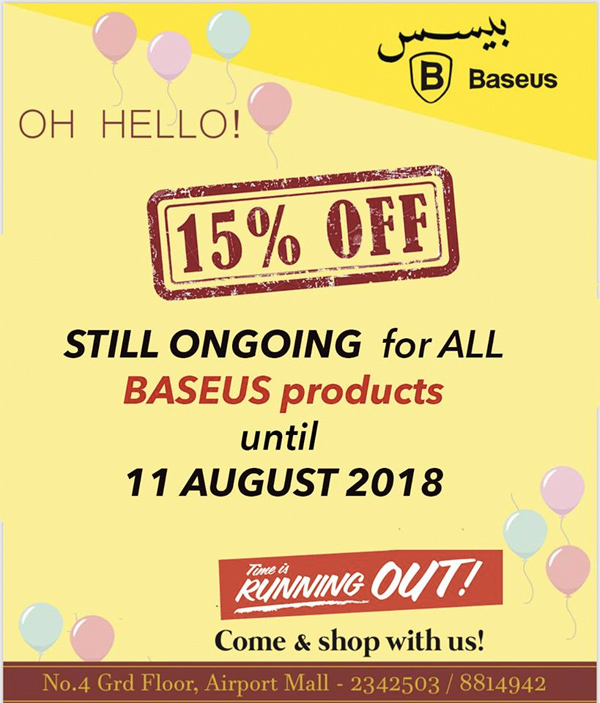
Youth empowerment is the key
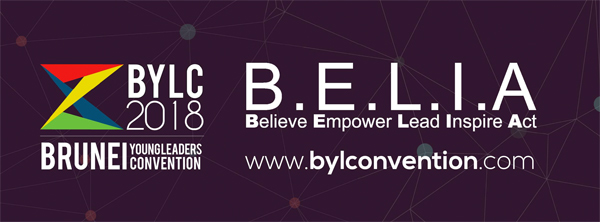
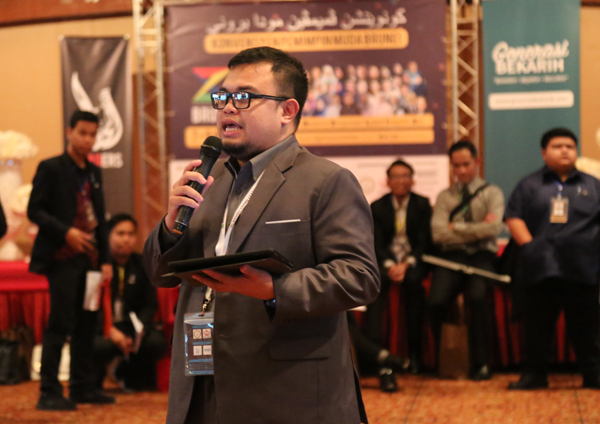
Yang Berhormat Awang Iswandy bin Ahmad who led the 1st Brunei Young Leaders Convention 2018
Brunei Young Leaders Convention 2018, organized by AlHuffaz Management and Generasi Bekarih, led by member of Legislative Council, Yang Berhormat Awang Iswandy bin Ahmad has started yesterday, 7 August at Goldstone Ballroom, Centrepoint Hotel, Gadong. Present as the guest of honour for the launching ceremony and presentation of appreciation certificates for the supporters and sponsors were the Minister of Prime Minister’s Office, Yang Berhormat Dato Seri Setia Haji Awang Abdul Mokti bin Haji Mohammad Daud.
Attending the launching ceremony were also Yang Berhormat Siti Rozaimeriyanty binti DSLJ Haji Abdul Rahman, Yang Berhormat Nik Hafimi binti Abdul Haadii and Managing Director of Yayasan Sultan Haji Hassanal Bolkiah, Dato Paduka Awang Eddie bin Dato Paduka Haji Sunny. Recital of Surah Al-Fatihah and Doa Selamat was led by the vice co-chairperson, Ustaz Haji Mohammad Loqman Al-Hakim bin Haji Hamdan.
He mentioned in his speech that in order to shape the future of the country, youth should grab any opportunities, explore and always look for any opportunities that were offered. Youth were encouraged to take a deeper understanding of ‘Belia Aset Negara’ because youth are the valuable future assets which would determine the strength and leadership of the future generation as well as the country.
“Kenali siapa kita dan jangan lupa asal usul diri kita. Negara Brunei Darussalam adalah negara yang memegang teguh falsafah dan konsep Melayu Islam Beraja, sebagai sebuah Negara Zikir dan ‘Baldatun Thayyibatun Warabbun Ghafur’. Kukuhkan dan kekalkan nilai-nilai keBruneian dan jati diri sebagai bangsa Brunei dalam diri para belia kerana ianya mampu memupuk dan menjiwai rasa kepunyaan atau sense of belonging, dan menanam semangat patriotism yang kukuh. Itulah calak Brunei, itulah purih Brunei. Dengan adanya sikap dan sifat semacam ini, maka sudah tentu para belia tidak akan mudah terkeluar dari ‘Acuan KeBruneian’ dan jangan mudah hanyut atau tergelincir dari ‘Landasan keBruneian’,” he added.
The ceremony proceeded with a keynote on Wawasan Brunei 2035 which was then delivered by Administrative Officer Special Grade of Sekretariat Tetap Wawasan Brunei 2035, Yang Mulia Muhammad Aziman bin Haji Awang Nasir.
Youth snapshot was then conducted by Ministry of Culture, Youth and Sports. In the afternoon, the convention continued with a session titled “Be The Change”, held by Centre for Strategic and Policy Studies (CSPS). The first day ended with a networking session for the mentors and all participants.
A total of 200 participants, aged between 18 to 40 years old are taking part in the convention which will continue for three days until 9 August 2018.
Brunei Young Leaders Convention 2018 is held for the first time and it aims to deliver accurate and updated information regarding Wawasan Brunei 2035, to unite relevant youth development agencies as well as to provide platform for youth to carry out projects or programs that might support and achieve Wawasan Brunei 2035.
In addition to attending forums, participants also have the opportunity to interact and build network with the mentors which comprised of experienced youth regarding their future plans prior to attending the convention.
For more information and updates regarding the convention, visit www.bylconvention.com or follow the BYLC 2018’s official social media accounts on Instagram/Twitter (@bylconvention) and Facebook (Brunei Young Leaders Convention 2018). Some of the images courtesy of their event Facebook page.
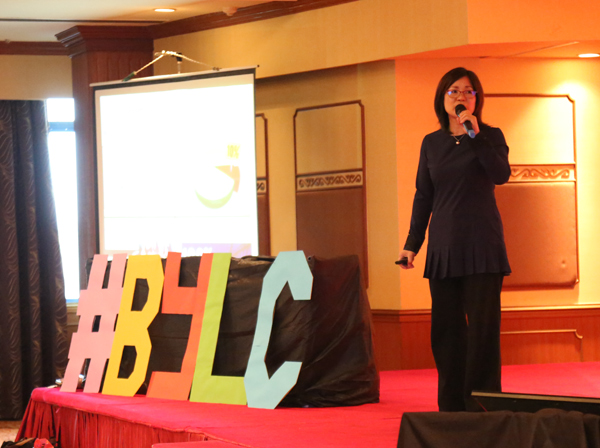
Dr. Sophiana Chua of CSPS sharing on adaptive and radical changes that can have an impact on your life and your future
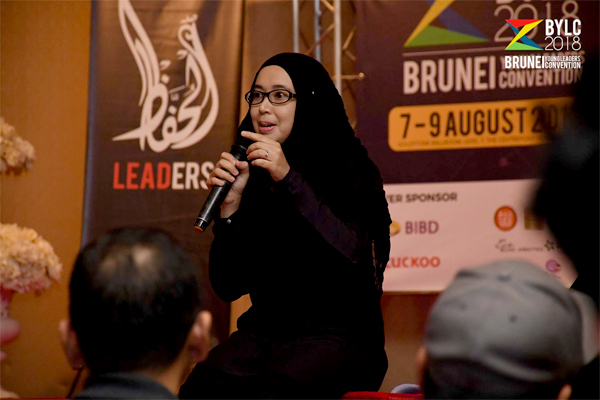
Where do you see yourself in 10 years? A vision/a goal that many of us choose to ignore.
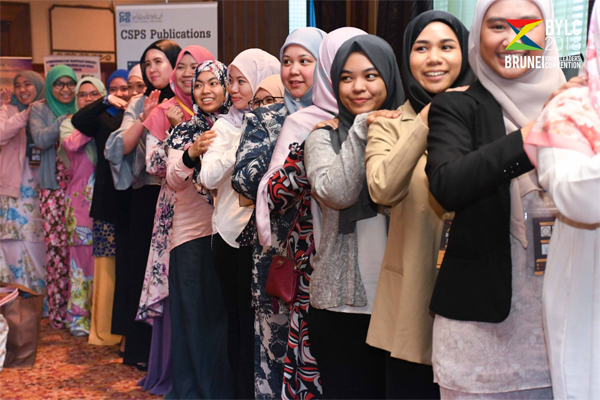
One of the exercises conducted by Hanis Osman, CEO of Generasi Bekarih
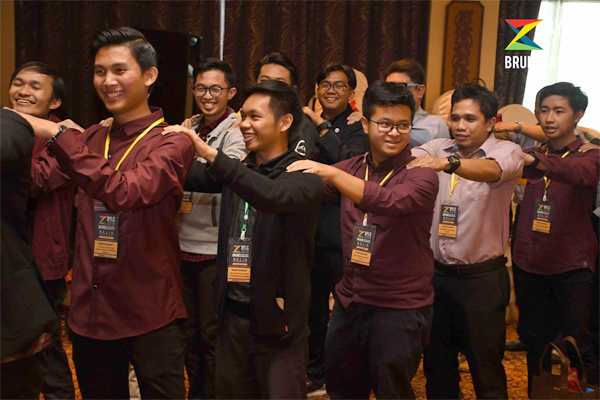
Another form of networking (literally)
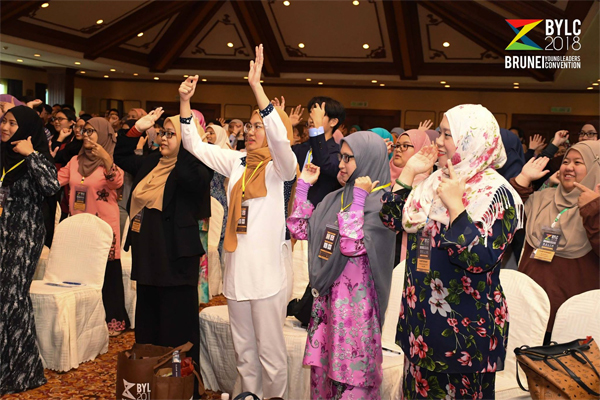
There were around 200 participants who signed up for the convention. Amazing start!!
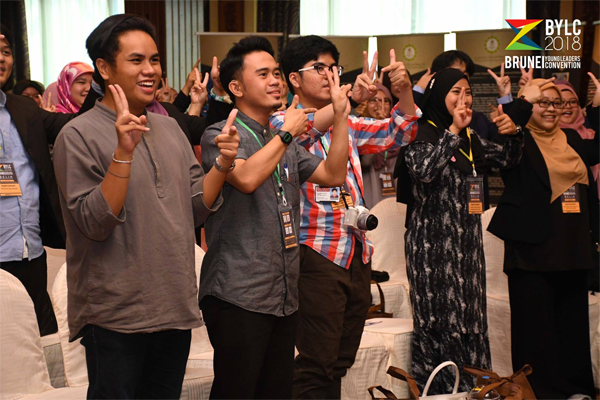
Participants were engaging from the beginning

Dr. Sophiana sharing the journey of his brother in the younger days
An amazing Porsche experience

Group photo with all the media representatives hosted by Porsche Asia-Pacific for the Media Driving Academy at Sepang International Circuit earlier this July

A photo opp with the newly launched Porsche 911 GT2RS
Last year, I had the privilege to attend the Media Driving Academy (MDA) hosted by Porsche Asia-Pacific. They consisted of three courses – Individual, Professional and Elite. As for last year, I entered the Individual course which is the basic course among the lot. It was definitely fun. Why? Because it’s the only time we can break the rules in terms of speeding on the road and it was conducted at the Sepang International Circuit, ideal for racers.
Fast forward to this year (July 2018), I was invited again by Porsche Asia-Pacific where I completed the other two courses – Professional and Elite earlier this month. I met familiar faces especially from the international media representatives in Asia-Pacific.
There were two main highlights for me – the launch of the Porsche GT2RS and the driving experience of the Porsche GT3.
Firstly, the Porsche GT2RS. Wow, wow, wow!!!! A beast among beast, this is a collectors item for Porsche lovers. Car and Driver even labeled it as the chainsaw of the 911 line-up. It has a 700 horse power twin-turbo engine. The previous GT2 model has a hp of 620 so there is definitely a difference. You can tell that the GT2RS is built for speed. The price tag alone is quite high. You’re talking about RM 1.3 million itself in Malaysia. Apparently there’s a Porsche GT2RS on the road in Brunei. Amazing!! Sadly, the GT2RS is only for display for the media and not for a test drive.
Of course, the main highlight of the MDA was test driving the newer editions of the Porsche finest models – 911 GT3 (me likes), 718 Cayman GTS and the Panamera Turbo S E-Hybrid on the SIC race track.
The favourite among the lot for me is the 911 GT3 – simply awesome and it has a mind of its own. I truly love the handling at high speed as well as the braking. It just gives me more assurance to drive safer especially on the race track.
The instructors were very helpful too and our group (Brunei, Indonesia, Cambodia) was lucky to have William Bamber, brother of Earl Bamber, an accomplished race car driver, who competes for Porsche Motorsport. The hospitality was top notch to begin with and the goodies were awesome too – Adidas racing boots and a racing helmet for completing both Professional and Elite courses.
After all the experiences, I truly understand how magnificent Porsche are in terms of handling, speed and safety. We were given tasks such as the Slolam, the Moose, the Braking and many more. I enjoyed the Slolam one as we did a time lapse for every driver to see who was the fastest.
The second day was much more interesting as we learnt the tracks of the SIC race track from start to finish. I realised how awesome Porsche are on the road. Expensive but you will know where the money is spent on. Unfortunately, in Brunei, it’s not something we can take advantage when we have a monster of a car like Porsche because of the driving laws and also the conditions of our roads in Brunei.
Soon, some selected customers will be having their own session organised by Porsche (Brunei) in early August for the upcoming Porsche Driving Experience at Sepang. I hope they have the same experience as I did and it’s also a great way to showcase what a Porsche can do.
Will I own a Porsche? If the money and timing are right, why not? 😉

Just look at that convoy

My favourite car during MDA experience
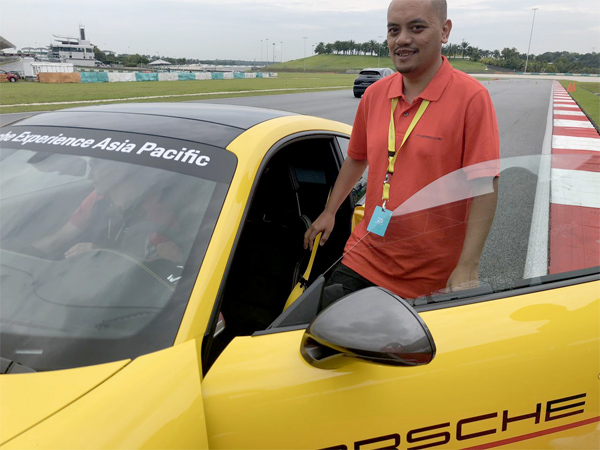
Did you realize that the driver side is on the left? Yes, all the Porsche are imported from Europe.

The lead car was always the Porsche GT3
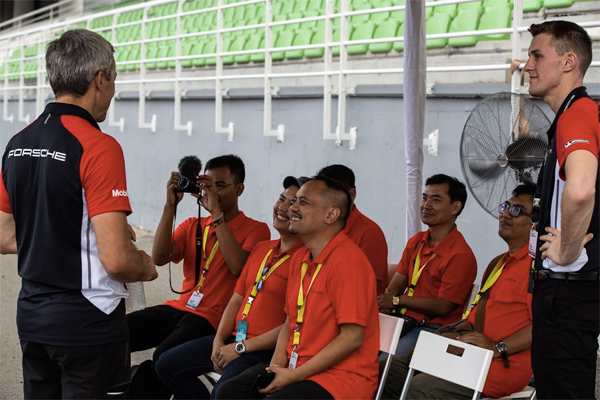
Listening to advices by the instructors at some of the activities
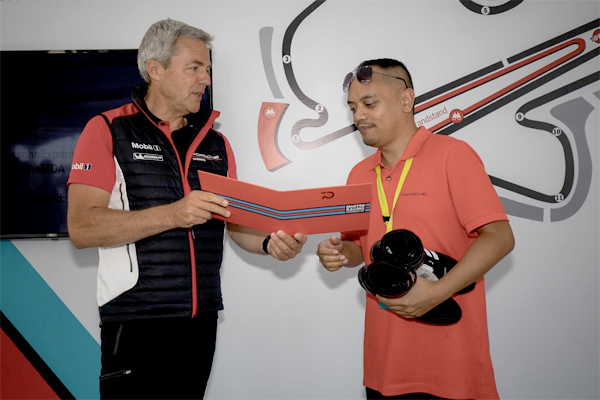
Receiving a pair of Adidas racing boots 😉
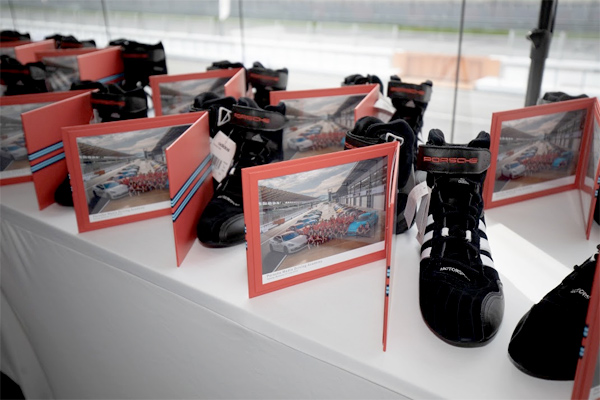
These boots are made for racing 😀
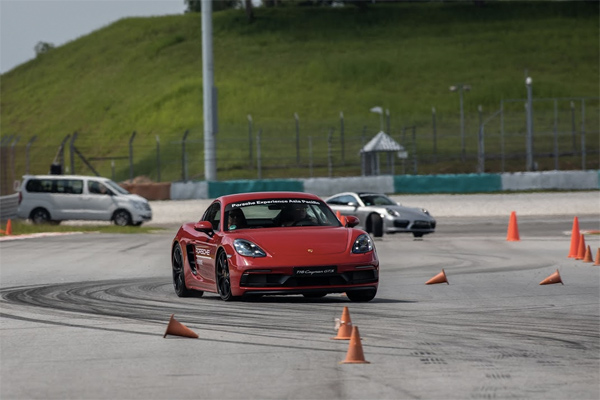
Learning how to handle around corners and bends
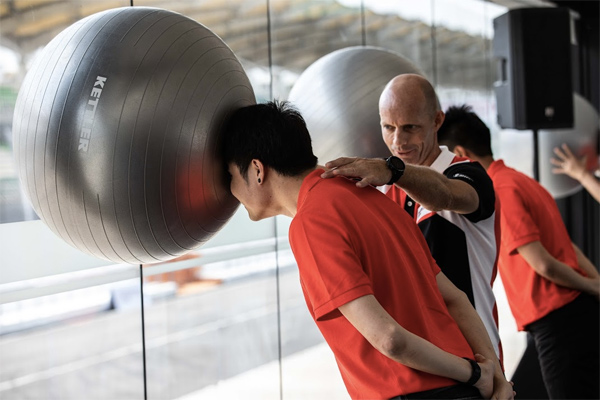
We had some physical exercises as well. Did you know that racing also involves a good physique such as your hand, neck and body?

Receiving a souvenir from the organiser 😀
9th Audi quattro Cup Brunei 2018
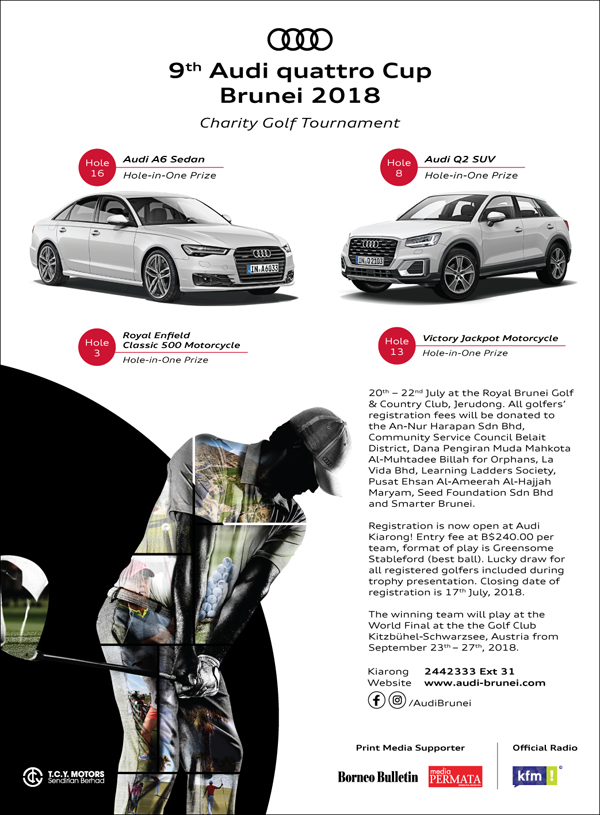
It’s time of the year again as Audi (Brunei) will be hosting the 9th Audi quattro Cup Brunei 2018, a charity golf tournament.
The event will happen on the 20th to 22nd July at Royal Brunei Golf & Country Club, Jerudong. All golfers’ registration fees will be donated to the An-Nur Harapan Sdn Bhd, Community Service Council Belait District, Dana Pengiran Muda Mahkota Al-Muhtadee Billah for Orphans, La Vida Bhd, Learning Ladders Society, Pusat Ehsan Al-Ameerah Al-Hajjah Maryam, Seed Foundation Sdn Bhd and SMARTER Brunei.
Registration is now open at Audi Kiarong. Entry fee is BND 240 per team and format of play is Greensome Stableford (best ball).
Lucky draw for all registered golfers included during prize presentation. Closing date is 17th July 2018.
There will be hole-in-one prizes such as the Audi A6 Sedan (Hole 16) or the Audi Q2 SUV (Hole 8).
The winning team will play at World Final at the Golf Club Kitzbühel-Schwarzsee, Austria, from September 23rd to 27th, 2018.

One of the hole-in-one prizes – Audi Q2
Special Offer on Limited Edition GLE Night Package

Limited Edition GLE Night Package with an additional 2-year Warranty

Fancy a GLE this July?
Special Offer for the Limited Edition GLE Night Package with an additional 2-year Warranty.
With only a limited number of units, the GLE Night Package comes with a sporty AMG Line and black striking design element. The louvre in the radiator grille and the simulated underguard at the front and rear are finished in high-gloss black. Further highlights include the AMG 5-twin-spoke light-alloy wheels and exterior mirrors in black as well as the roof rails, window weatherstrip and also the beltline trim strip. What more! Book now and register before 31st July 2018, the GLE also comes with an additional 2-year unlimited mileage warranty. Call us now at 2441763/2441777 to book for a test drive or visit Mercedes-Benz Beribi showroom/Autohaus today for more information. You’ll be glad you did!!

Offer stands till 31st July 2018
CF21 kicks off
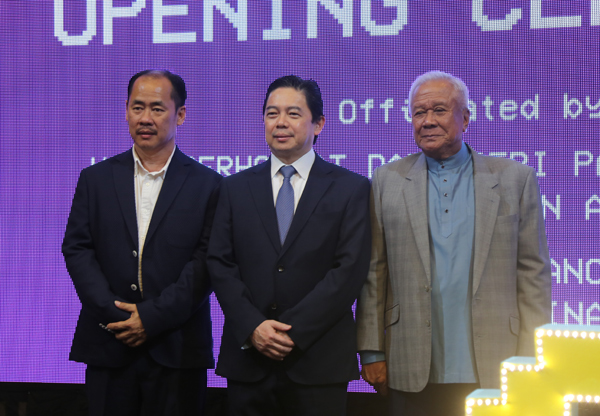
YB Dato Seri Paduka Dr. Haji Mohd Amin Liew bin Abdullah, Minister of Finance II (center) as guest of honour, Jackson Ting, Managing Director of D’Sunlit Sdn Bhd and Dato Paduka Haji Danial Haji Hanafiah, Executive Director of D’Sunlit Sdn Bhd at the launch of the 21st Consumer Fair at the International Convention Centre.

Who could have thought that the 21st edition of The Consumer Fair is finally up and running. The event has already contributed loads of revenue for event venue, the International Convention Centre and also the SME vendors, be it local or overseas.
D’Sunlit Sdn Bhd, formerly known as Sunlit Advertising, has always impressed the consumers with their highly anticipated consumer fair. This time round the set up is slightly different as compared to previous Consumer Fair. For the first time, the Plenary Hall is vacant due to its unavailability. The other vendors were located to other areas and rooms within the ICC. You might think it doesn’t look as big but honestly, I do prefer this format where other small rooms are being used. It helps to draw more traffic to those areas.
This time round, the lucky draw will be flight tickets if you purchase things at the Consumer Fair at ICC. This year’s theme revolved around glitch and tech. It’s a summation of the nostalgia and the current trend of technology.
Many have asked me if there will be any travel fair. Sadly, not this time. However, there are enough activities to keep you entertained. I love the Saber Game at TelBru and you stand a chance to win Oculus VR set or a PS4 with VR set for topping the scoring charts. There’s the “Best of Thai Street Food with activities where the winner gets a ticket to Bangkok. Water is free where Cuckoo provides an All Day Water Dispenser. Of course, the new gimmick is the Human Claw Machine. I tried it once and it’s pretty cool.
I shall update again later or just stalk me on my @ranoadidas Instagram.
